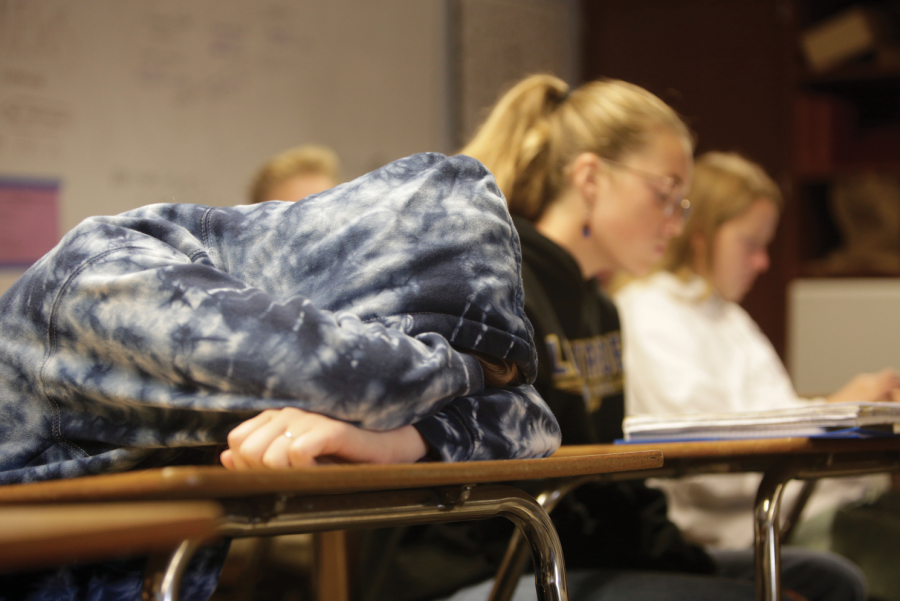New law requires California high schools to start no earlier that 8:30 a.m.
Nov 16, 2019
Governor Gavin Newsom signed a bill on October 13 that requires most middle and high schools to push back their start times by the start of the 2022 school year.
Under the new law, SB-328, middle schools must begin no earlier than 8:00 a.m., and high schools can start no earlier than 8:30 a.m., excluding zero periods. School districts that are dependent on buses or are “rural school districts” are exempt from the mandate, although the bill did not define what exactly qualifies as rural. California is the first state to enact legislation regulating school start times.
The bill is a response to research that shows that a teenager’s circadian rhythm clashes with early start times. According to the National Sleep Foundation, 62 percent of high schoolers get insufficient amounts of sleep, classified as less than eight hours on school nights. Adolescents experience a backward shift in biological alertness of up to two hours, resulting in them waking up and going to sleep later.
“A lot of mental health challenges, not all, but a lot could be resolved if we attended to [allowing teenagers to sleep],” Tam wellness coordinator Yvonne Milhan said.
During the 2018 school year, a committee of students, parents, and administrators attempted to push back the district’s start time to 8:30 a.m., but the effort failed when the proposed schedules were not submitted by the May 2018 deadline.
The Tamalpais Union High School District (TUHSD) board of trustees opposed the mandate while the bill was working through the legislature.
“Changing the start times of our high schools has implications for local transit as well as after school co-curricular activities,” district superintendent Tara Taupier told the Marin IJ in July. “We feel that allowing each locally elected governing board to make these decisions makes the most sense as they have the relevant information.”
It is unclear how Tam will alter its schedule before 2022 in preparation for the law to go into effect. However, according to principal J.C. Farr, by March 2020 “a number of steps will be taken to try to move forward as much as we can, with no promises … Shortly I will be sending out surveys to families to get some data points that then the [bell] committee will look at.”
In California, high schools are mandated to have at minimum 64,800 instructional minutes per year, whereas grades four through eight must have a minimum of 54,000. By pushing back start times, 150 minutes are lost per week that need to be reformatted in the schedule. At the moment, Farr said, he is considering changing block periods or removing tutorial.
Tam’s new start time may result in scheduling changes for Mill Valley Middle School as well to minimize traffic in the morning.
“We need to work with the Mill Valley School District because they have a little more flexibility than the high school has … they could conceivably start their days later or earlier so that we are [being smart] about the flow of traffic,” Farr said.
Farr plans to work with the community to accommodate their needs.
“The challenge is that there’s so many interests represented and so many different constraints that you’re trying to find a very narrow path to a bell schedule,” he said. “There will be opportunities to provide input on potential changes … I’m open to whatever will work for us as a school.”
Saranyu Nel contributed additional reporting.




